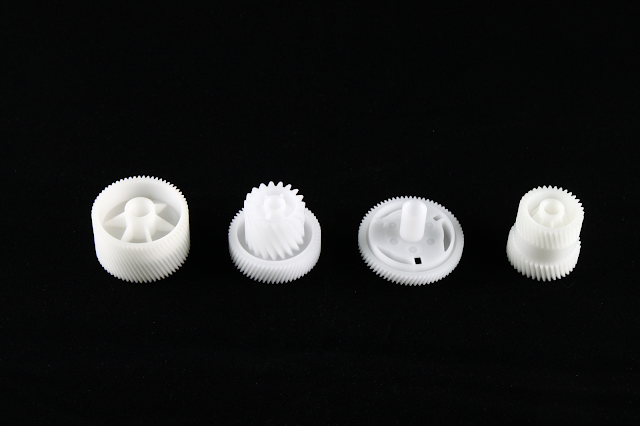Basics of The Plastic Injection Molding
While plastic injection mould and
Press mold maker can assist you in
determining the size of the machine required to get the best results, a project
designer or engineer can provide an accurate estimate based on some basic
information. Knowing the approximate size of the machine required allows you to
better locate a plastic injection moulded that will fulfil your demands.
Plastic injection moulding
presses are classed or graded according to tonnage, or more precisely, clamping
pressure or force. Presses range in size from less than 5 tonnes of clamping
pressure to more than 4000.
A machine rated for 68 tonnes can produce 68 tonnes of clamping pressure. This pressure maintains the mould closed throughout the injection process. Too much or too little pressure might result in quality concerns. Too much or too little pressure can also result in flashing, which is when extra material forms on the component edge. Pressure also affects the viscosity of the plastic utilised in the project. The Melt Flow Index, or MFI, measures the ease with which a thermoplastic polymer melts flows. Plastic compounds behave differently under pressure depending on their MFI. The higher the MFI, the greater the pressure required.
Many criteria are considered
while deciding the size of the press from MIM manufacturer. The part's size, the
polymer utilised, and what's known as the safety factor. The safety factor is a numerical % buffer
that is added to the computation to assist prevents faults in the final
product.
Once you've determined the size of the press you'll need, you can find plastic injection moulding firms that can match your needs. In general, moulders with a larger and more diverse assortment of press sizes will be able to meet your project's requirements. If you don't have a completed mould, seek for a plastic injection firm that can design and create one.
Your plastic injection mould from MIM supplier in China will assess which machine is most suited to your project. Larger presses can handle larger moulds and multi-cavity moulds, generally lowering the cost per part. However, bigger moulds are more costly. Choosing the appropriate press size might help balance initial tooling expenses with long-term manufacturing costs.
Follow our Facebook and Twitter for more information about our product.





Comments
Post a Comment